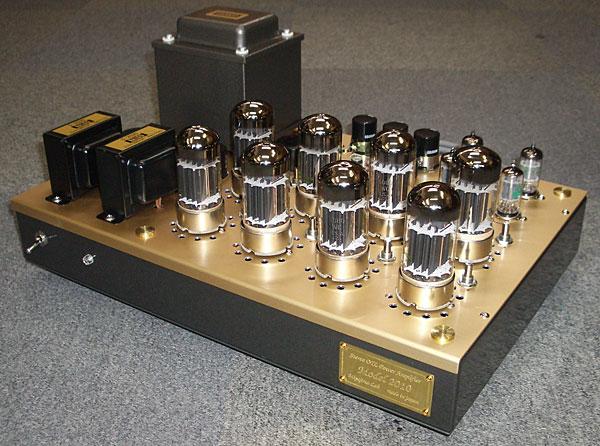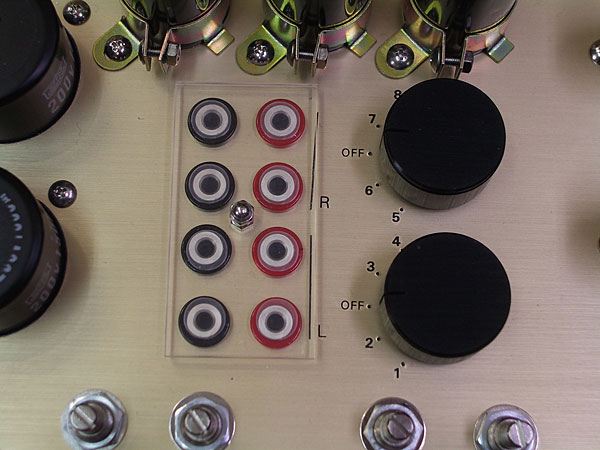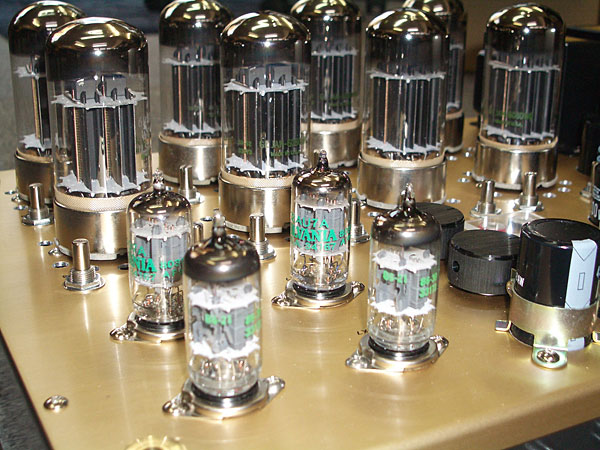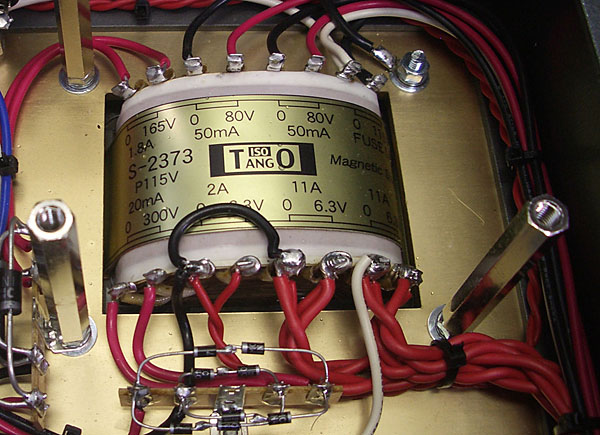| Columns Retired Columns & Blogs |
The salesman at the hi-end salon where I bought my tubed gear said something that I should have heeded. He said, "Tubes will never sound the same," meaning that from the moment you first turn them on, they start degrading, as opposed to solid state, which is stable and always sounds the same. I love the sound of tubes, but if I could do it over again, I would have made the compromise and purchased solid state.
Buyer beware. Tubed gear requires maintenance, at the very least regular replacement of power output tubes (an expensive proposition when you get into hand-matched pairs and their rarity). Due to the high heat, the gear is not as durable and is more prone to breakdown. Are you willing, buyer, to put up with all this? Are you that committed? Or do you want the peace of mind of being able to turn on your equipment for years without worrying about it not working or sounding the same?
Tubes haven't been manufactured by any large electronics corporation, like Phillips or GE, for decades. The heart of your equipment will rely on tubes either manufactured in a foreign country, like Russia or China, or by small, boutique outfits. Are you ready to live with this? Are you ready to trust these products? Are you ready for the expense?
Just a warning that the romance and allure of tubes doesn't last.









































